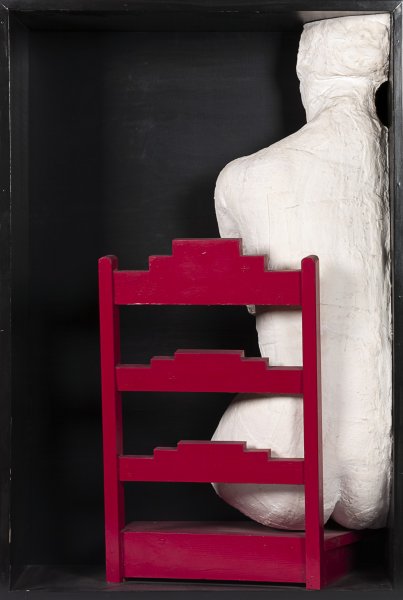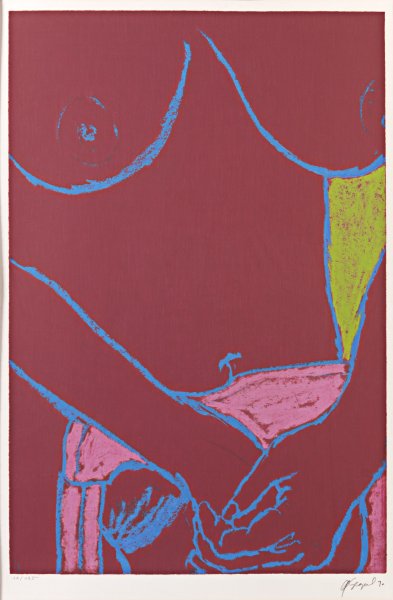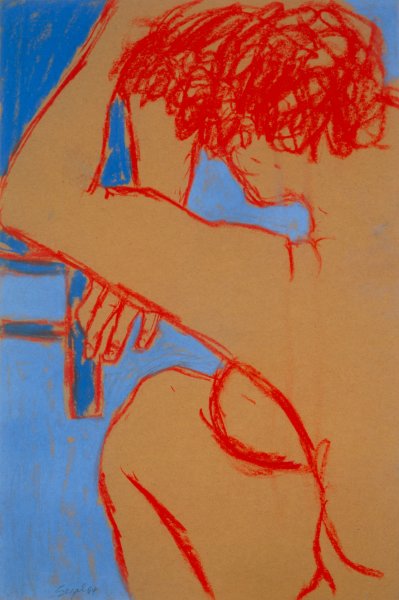George Segal
American, 1924-2000
Cinema, 1963
Artwork Details
Collection Highlight
Materials
plaster, illuminated Plexiglas, and metal
Measurements
overall: 118 x 96 x 39 inches (299.72 x 243.84 x 99.06 cm)
Collection Buffalo AKG Art Museum
Credit
Gift of Seymour H. Knox, Jr., 1964
Accession ID
K1964:3
George Segal desired to reunite art and everyday life following Abstract Expressionism and the long banishment of representation from the realm of serious art—an aim he shared with many other Pop artists during the 1960s. He began placing white plaster casts of people in environments containing furniture, walls, doors, windows, and other situational props. Segal’s empathetic portrayals of people, however, set him apart from his Pop art peers, who often based their figures on the highly stylized techniques of commercial illustration. Segal’s prime interest was in capturing simultaneously individual and universal aspects of the human psyche through symbolic tableaux. Yet, his eerie, monochromatic figures are a far distance from reality. They are life-like in their gestures but also frozen in time. Cinema reveals the grace and dignity inherent in a simple act as well as the isolation that can accompany the living. With this sculpture, Segal sought to convey the impression of a scene he once fleetingly witnessed while driving home late at night from New York City. He recalled seeing "a fellow reaching up to pluck off the last letter from an illuminated sign, and it was like seeing an exalted moment. It was like seeing an epiphany. . . . I remembered . . . the man's body silhouetted against a wall of emanating light which appeared to dissolve his edges." Additionally, Cinema is the first work in which the artist employed electricity and is the only work he made in which light is an integral part of the composition.
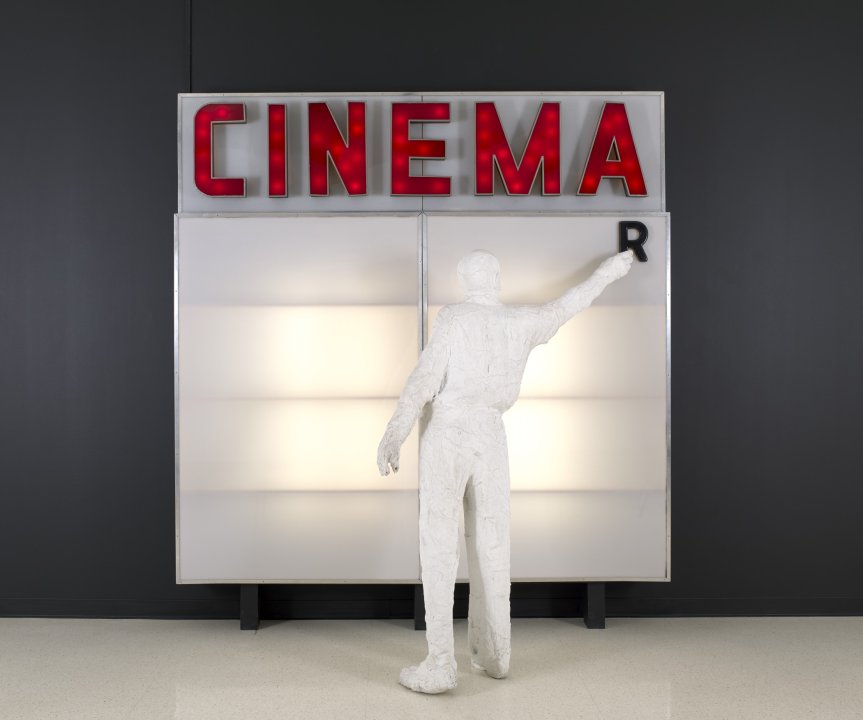




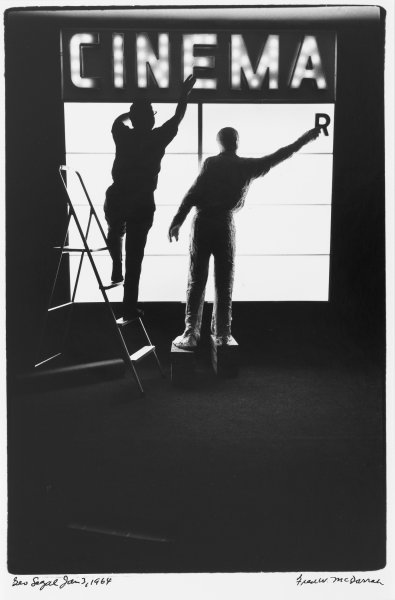
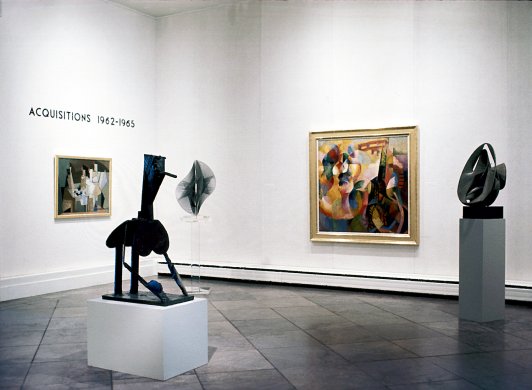
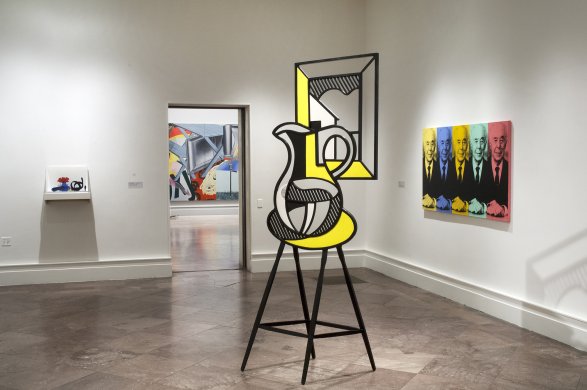

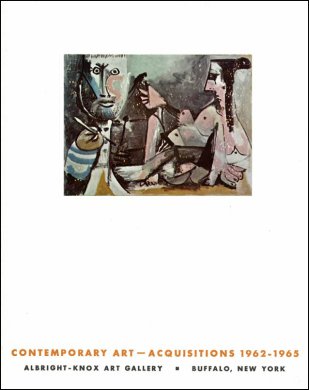
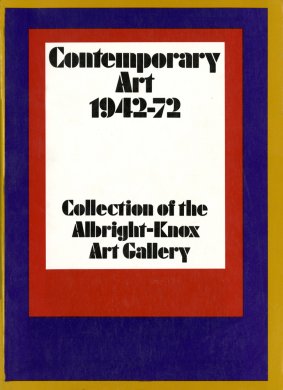


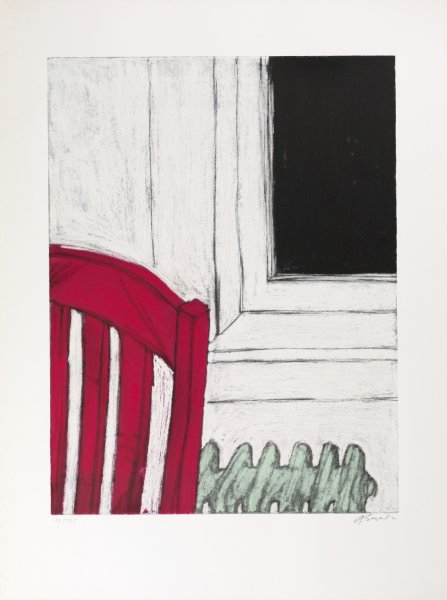
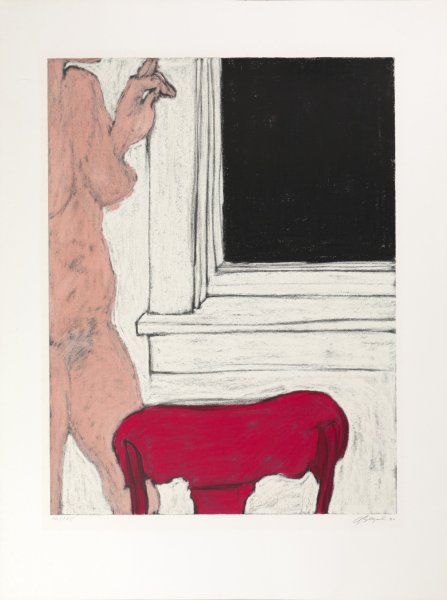
![[Three untitled serigraphs] from the portfolio Six Serigraphs](/sites/default/files/styles/callout_fixed_height/public/artwork/P2016_014_002_001-003_o2.jpg?itok=FtzQxO6l)
